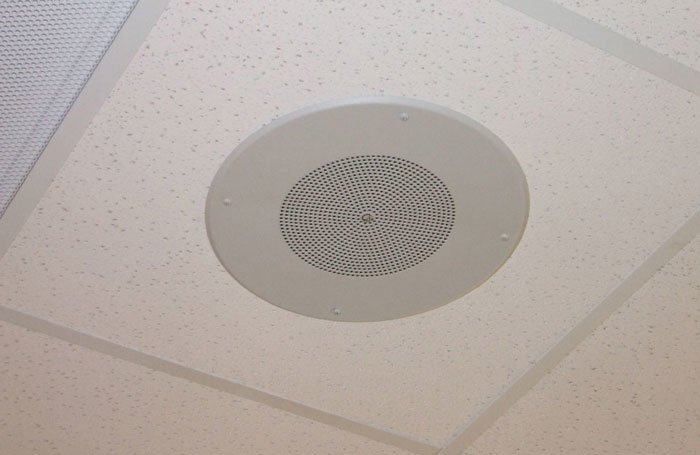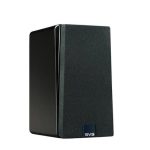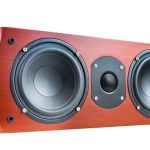Ceiling and in-wall speakers are ideal for a neat and hidden sound system. They make it easier to install a whole-house sound system without interfering with the existing décor and furniture arrangement. You can easily camouflage in-wall and ceiling speakers to make them less visible. Their grills can be painted to resemble the color of the wall or ceiling. Ceiling and in-wall speakers are also a great choice for a small-sized room. Moreover, speaker cables can be hidden within the wall and ceiling. However, it can be quite challenging to estimate the total number of ceiling and in-wall speakers to install in a room. Let’s discuss how you can estimate their number.
Size of the Room
One of the key factors to consider when estimating the number of speakers is the size of the room. If you want high-quality sound, then ensure there’re enough speakers in the room. If the room is small, such as a dining room or bedroom, then two ceiling speakers or two in-wall speakers would be enough. The bathroom or kitchen can work with two or more ceiling speakers depending on their size.
If you’re installing the speakers in your living room, then you’ll need two or more in-wall speakers and an additional two ceiling speakers for a standard living room. If you’re working with a very large living room with a high ceiling, then you’d need at least four in-wall speakers and an additional two to four ceiling speakers.
Size and Power of the Speakers
If you’ll be installing large and powerful speakers, then you’ll need fewer speakers since they’ll disperse enough sound. One the other hand, if you’ll be installing smaller and less powerful speakers, then you should install more of them to deliver enough sound.
The Kind of Sound Effects You Want
Another important factor to consider is the kind of sound effects you want. Maybe you want basic stereo sound or a surround sound for a home theater experience. These different sound setups require a certain number of speakers to make them sound complete. Let’s discuss the number of speakers you’ll need for these sound systems.
Stereo Sound System
A complete stereo sound system requires a left channel speaker and a right channel speaker. Thus, if you want to install a stereo sound system, you need to install either two in-wall speakers or two ceiling speakers. If you decide to install in-wall speakers for your surround sound, place them at the front wall, with one speaker on the right side and the other speaker on the left side. If you’ll be installing in-wall speakers for your stereo sound system, install them along the middle of the ceiling, with one speaker on the left side and the other speaker on the right side.
5.1 Surround Sound System
If you want a true home theater experience in a regular-sized room, then you should install a 5.1 channel surround sound system. This system requires five speakers and one subwoofer. In this case, you’ll install two in-wall speakers at the back, two in-wall speakers at the front, one center channel in-wall speaker, and an in-wall subwoofer.
For the two front in-wall speakers, one should be placed on the left side and the other on the right side. The center channel speaker should be placed at the middle front wall, just below the TV screen. The subwoofer can be installed on the middle front wall, just along the floor. As for the two in-wall speakers at the back, install one on the left side and the other one on the right side. The front channel and back channel speakers should face each other. Alternatively, you can install the two front and two back speakers in the ceiling.
7.1 Surround Sound System
If you’ll be installing a surround sound system in a very large room, then you can install a 7.1 channel surround sound. In this setup, you’ll need a subwoofer at the front, two front speakers, two back speakers, two side speakers, and one front center channel speaker. Alternatively, you can install the side or front and back channel speakers in the ceiling rather than within the wall.
Final words
Getting the best sound experience in a room demands setting up the speakers the right way. Most importantly, you need to install the right number of speakers in the room. If you fail to install enough ceiling and in-wall speakers, you won’t get the best sound experience. Thus, keep this guide in mind to make the right choice.
Michael Evanchuk is a San Francisco-based sound engineer with 20 years’ experience installing, troubleshooting, and repairing commercial, automotive, and household sound equipment. Evanchuk owns an auto stereo center, where he offers highly competitive car audio installation and repair services. He has written dozens of articles on different sound engineering topics, all of which have been published in leading journals, blogs, and websites.





